An increase in effort to engage non-school leavers appears to be paying dividends for Queensland institutions, with a 10.6% increase in applications compared to the same time last year.
QTAC interim CEO Chris Veraa said these results bucked the trend of a decline in domestic applications in recent years, particularly in the non-school leaver market, which comprised roughly half of all applicants in a typical year.
QTAC had received 40,122 finalised applications in the year to date, with 82% of offers accepted, compared to 74% at the same time last year. Finalised applications from year 12 and mature age applicants are both up by more than 10%, while interstate applications were up 9.2%.
“After a decline in 2023, we are seeing a significant increase in applications this year,” Mr Veraa said.
“The growth is very positive for higher education institutions in Queensland, particularly given the policy changes around international caps focusing more attention on opportunities for domestic enrolments.”
While it was difficult to pinpoint definitive reasons for the rise, Mr Veraa said the QTAC team had focused on piloting approaches that would strengthen the domestic applicant pipeline, with a particular focus on non-school leavers.
“We typically see around 60,000 applications across the whole year, so to see this positive trend at this early stage is very encouraging,” he said.
“What we are seeing with non-year 12s is that because they don’t have access to the same level of support that year 12s do – they don’t have copies of the QTAC guide at school and don’t have careers counsellors – they are sometimes lacking critical information or advice that could give them an increased chance of success.
“We’ve implemented some initiatives focused on outreach to non-year 12 applicants, such as those who may not realise they need to submit additional documentation, or those who have submitted just one preference rather than selecting multiple preferences to maximise the likelihood of an offer.
“QTAC offers applicants a choice of up to six preferences and the likelihood of getting an offer goes up significantly once you put down 3 or 4 preferences. If a mature age applicant has only 1 or 2, we have been contacting them and advising them to list some additional options for a better chance of success.
“As we get later in the cycle we will do similar outreach to any Year 12s who are similarly at risk, to help them over the line. It’s not about changing their preferred institutions or courses, it’s about giving them every opportunity to get a place at university, and making sure they have the help and the advice that they need to get there.
“Adult learners are a really significant part of our applicant mix and we think there can be really positive results for everybody by ensuring that our focus is broader than just secondary school students.”

